I'm creating a puzzle game that generates random sized pieces with 2D meshes. The images contain transparent portions and sometimes a piece is completely transparent. I need to detect what percentage of a piece is transparent. One way I found to do this is to go pixel by pixel. I posted my solution to this HERE. However, this process adds a few seconds during loading which I'd like to avoid and I'm looking for other ideas
I've considered using the selection outline of a MeshCollider to somehow to get a surface area I can compare to the surface area of the mesh but everything I find is on the rendering of outline with specialized shaders. Does anyone have any ideas on to solve this?

